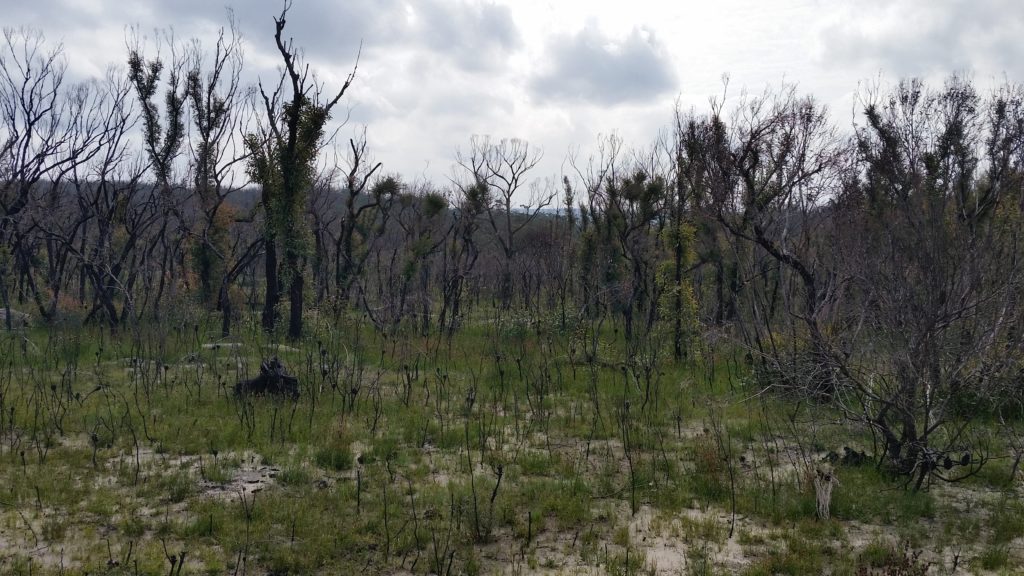
A citizen scientist can be from a range of backgrounds and ages. In fact, diversity is good for science. Image credit: Australian Citizen Science Association.
So far in this three-part series, we’ve covered how you can help with baseline monitoring for disasters and what you can do in the aftermath of an extreme event.
Now we’ll show you how to set up your own citizen science project. We’ll also give you some best practice tips to help guide you on your way to building a powerful project.
Why hasn’t anyone else done that?
It’s not just the scientists who have all the good ideas. You, as a citizen scientist, are our eyes and ears on the ground, observing change all around you. And often you have a lightbulb moment – a great idea for a new project!
So, if you do have a great idea for a project, there are a couple of things you can do to bring it to life.
But first, check out the ACSA Citizen Science Project Finder to see if someone else has started the same project.
Using iNaturalist Australia to create your project
iNaturalist is a platform that helps you identify the plants and animals around you. It’s a great way of capturing the state of biodiversity at any given time. It also makes sure any data you collect is accessible and open for use by researchers and decision makers.
Our very own biodiversity database, the Atlas of Living Australia (ALA), supports iNaturalist Australia. So, anything you post to iNaturalist from Australia is automatically shared with ALA. This can help scientists working to better understand and protect nature.
iNaturalist makes setting up a project easy with step-by-step instructions. There are lots of resources available to help you design your project. For more information, head to iNaturalist Australia.

Citizen scientists are demonstrating they can provide valuable information about landscape recovery from extreme events such as bushfires. Image credit: Peter Brenton.
Using ALA’s BioCollect to create your project
Do you want to collect more than species observations? You might want to do a systematic survey or record information about the environment as well as species observations. This is where the ALA’s BioCollect data collection tool can help.
It lets you set up your own project and data recording survey to collect any field-based information. It already uses global data standards and species observations which go directly into the ALA.
To find out more about using BioCollect for your project, watch this BioCollect video.
From little things big things grow
A great example of an iNaturalist project powered by citizen scientists that’s having real impact is the Environment Recovery Project: Australian Bushfires 2019-2020. To date, the project has more than 10,000 observations of 1854 species.
This is an incredible response over a short period of time. And, as if that wasn’t enough, the project results were recently published in a scientific journal article.
A good example of a project that uses BioCollect is The Dead Tree Detective. This Western Sydney University project aims to collect observations of dead or dying trees around Australia. It aims to understanding the cause of tree death such as drought or fire.
If you’re gonna do it, do it right
We’ve covered how you can create a project, but how can you make sure it runs smoothly? Good practice is vital as citizen science projects are so diverse.
The National Bushfire Citizen Science Group developed the Citizen Science Principles to help you create a consistent and transparent project. These principles aim to help anyone set up or manage a citizen science project.
Download Citizen Science Principles (PDF, 750KB) if you have ideas.
We’re tipping you’ll do great
Here are our tip five good practice tips:
Careful consideration of relationships
Consider how you’ll partner and be inclusive throughout the life of the project.
Good communication
Good communication is a major factor in the success of citizen science projects. So, be sure to give your communications some thought.
Project design
Think about what you’ll need to make the project a success. This could include: the timeframe, how you will promote the project and what resources you’ll need.
Set up good practice
Citizen science best practice stresses the importance of policies, acknowledgement of project enablers, feedback to participants and accountability for project owners.
Best fit methods and models
There are a few different ways to run a citizen science project, such as co-created or contributory. Do your research and choose the right method or model for your project.
Citizen science participation
ALA’s applications manager Peter Brenton (along with international collaborators) developed data standards for citizen scientists. These standards are called Public Participation in Scientific Research – Core (PPSR). PPSR lets participating citizen science projects share their data with other projects and scientists across the world.
Check out the PPSR website for more information on how you can use these standards in your project.
That’s the end of our citizen scientist series. Comment below if you’d like to know anything else about citizen science.

